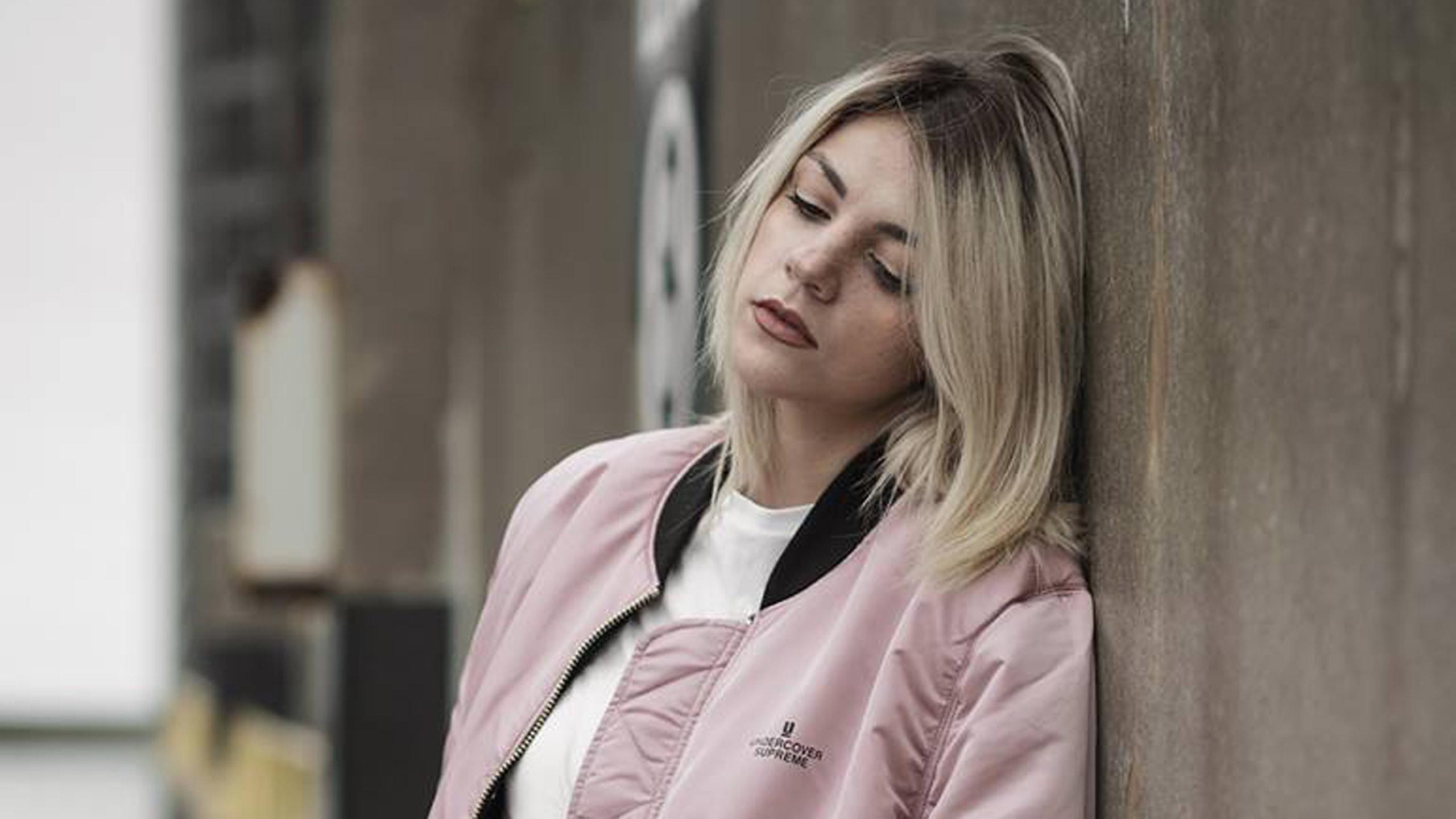By Annie Arnone
Quincy Williams steps onto Ryerson campus in a pair of Nike Free Mercurial Superfly’s. His go-to shoe is equipped with a Flyknit, mesh outer layer, and high arch soles—making it Williams’ perfect fit: comfortable during the day and stylish enough to flaunt.
His pants are black Nike cargos and his sweater is Canadian-made fleece.
The fourth-year retail management student is no stranger to the world of streetwear. His hobbies as a teenager were skateboarding and listening to hip-hop music, as well as religiously reading Hypebeast—a streetwear blog originating in Vancouver, appealing to the modern “trend seeker.”
In an article recently published in Paper Magazine, an arts and fashion publication, the Editor-in-Chief of Thrasher — a skatewear and skate-related news publication— said the brand “wants fucking clowns like Justin Bieber and Rihanna to stop wearing their clothes.”
“The pavement is where the real shit is, blood and scabs, it doesn’t get realer than that,” he said.
A similar opinion is echoed amongst the skateboarding community, which Williams, for several years, was a part of. He said that niche trends, like Thrasher T-shirts, are tailored towards a certain group of people. When dominant figures (most recently, ASAP Rocky and Rihanna) start adopting this style, it influences other people outside the target audience.
Streetwear clothing is rooted in skate culture, and developed through subcultures such as hip hop and sports. Known labels like Nike adopted their streetwear branding through products such as Air Jordans — the shoe worn by notorious basketball star Michael Jordan, and Thrasher eventually adopted a clothing line for skaters.
Streetwear is a common trend on campus, but Williams believes its origins and purpose have become convoluted.
“I think it sucks when you’re a part of a subculture and then you see it get en- trained to a dominant culture to the point where it becomes oversaturated,” Williams said. “The uniqueness is gone. When you see your eclectic-ness drained by the masses, it just sucks.”
For fans of brands like Supreme, Thrasher and retro Jordans, streetwear is about more than what’s exclusive, how much things cost or who’s wearing it on television. These brands have fostered community and ways for followers to cultivate their identity by expressing themselves and collecting pieces of clothing they relate to and identify with.
Shayan Jaffer, a fourth-year Ryerson student has been closely following streetwear since he was in high school. “In high school having the new Jordans was the thing, now everyone has them,” he said, adding that many people who mimic popular trends are unaware of their origins and significance. Jaffer’s attentiveness to streetwear and its history is what’s made him a notable Instagram style personality.
Like Williams, Jaffer believes that the appeal of these niche styles diminishes with their saturation in streetwear.
“Those who have always appreciated [these brands] it for what they are, lose interest in them with all this hype.”
The exclusivity of these brands, however, has offended fashion lovers such as Daniella Beca, a fourth-year English student and style blogger. Beca believes that streetwear—and fashion in general—should be accessible to all and brand names shouldn’t be the centre of focus.
Beca learned to appreciate individuality during middle school. While driving to school with her dad, she’d close her eyes in the passenger seat, dreading the moment people would see what she was wearing.
“I imagined what I was wearing was brand named, and that I looked like the other girls in my class,” she said. Now, the majority of her wardrobe is thrifted, while still maintaining a streetwear-inspired look.
Within the “Street Style” section of her blog, Beca features sports apparel such as band T-shirts, baseball caps and joggers—all within the realm of streetwear but without brand names such as Nike or Adidas.
Bianca Scarlato, a fourth-year RTA media production student and Instagram style personality, has similar a similar opinion. Scarlato explained that drawing inspiration from celebrities such as Rihanna or people on Instagram is exactly what people should be doing when styling themselves.
“If I find something cool, I wear it. Anything I see online that I think is cool, I make my own—you should be building off of styles,” she said.
Brands like Adidas and Nike are on the top of Scarlato’s preferred style list, how- ever they’re not always affordable. Instead, she builds off of clothes that are reasonably priced as well as comfortable, while maintaining streetwear brands that she loves.
Used Air Jordans can sell from between $200 to $600 on websites such as Flight Club, a consignment distributer known for carrying Nike products. Scarlato says she’s not willing to pay hundreds of dollars for street shoes. A pair of Air Jordan 7 Retro J2K Filbert’s (a khaki coloured, ribbed shoe with blue lining) has a price tag of $1,100 on the same website.
The fear among people like Williams, who appreciate brands due to their function, is that with a higher demand for the product, their clothes will be less accessible over time.
“Skate shops don’t want to carry brands that are overhyped anymore, they want to stay niche. But the cycle of exposure and demand never really ends,” he said. “Once a big box corporate store starts carrying these things, boutiques stop—which upsets skaters, and people who are into streetwear.”











Leave a Reply